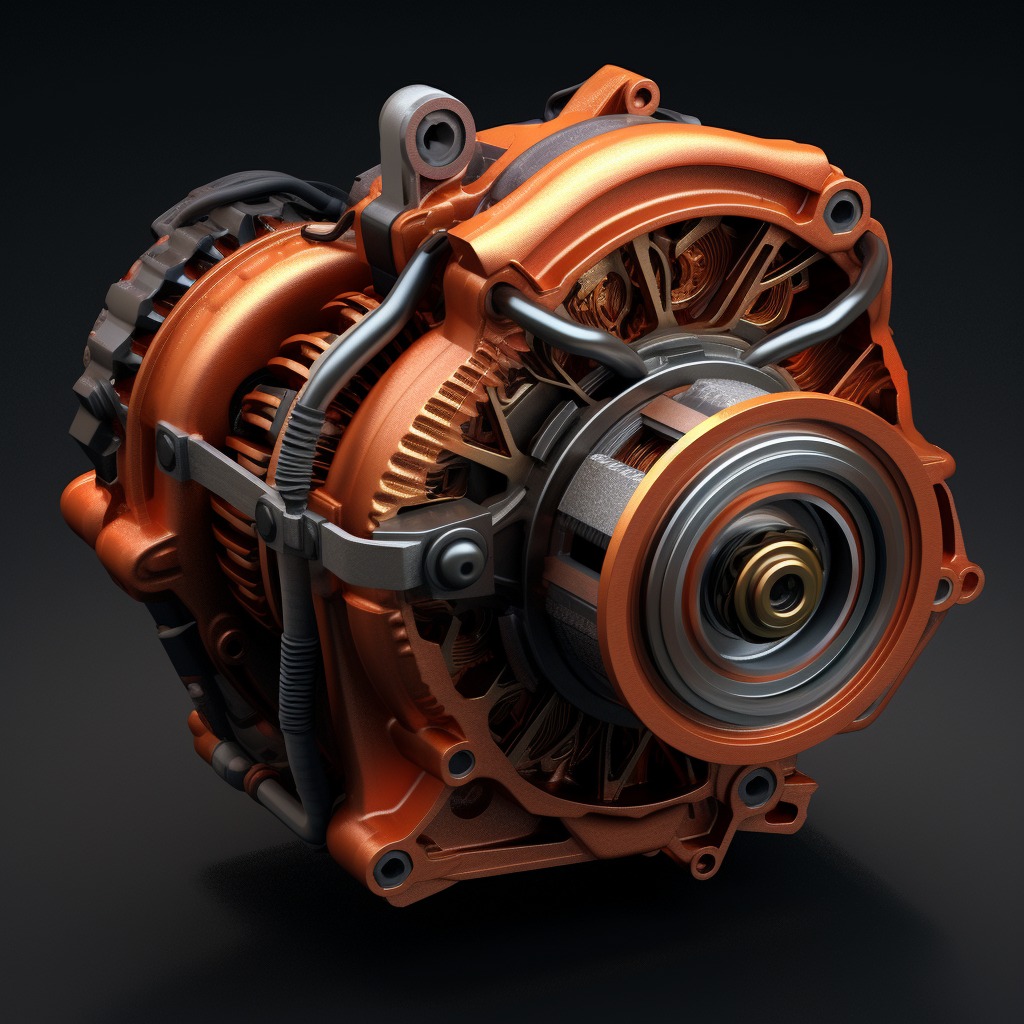Car alternators are commonly found in vehicles and are designed to convert mechanical energy into electrical energy. These devices can also be repurposed to harness alternative energy sources such as wind or water and generate electricity. Here’s a step-by-step guide on how to use a car alternator to make alternative energy.
1. Understanding the Basics:
Before getting started, it’s essential to understand the basic components of a car alternator. The key components include the rotor, stator, diode rectifier, and voltage regulator. The rotor consists of a coil of wire wrapped around an iron core. The stator is a stationary component with a series of coils that work with the rotor to generate electricity. The diode rectifier converts the alternating current (AC) produced by the alternator into direct current (DC), which is easier to use. The voltage regulator controls the output voltage and protects the electrical system.
2. Choosing an Alternative Energy Source:
First, you need to choose the alternative energy source that you want to harness using the car alternator. The most common sources include wind and water. You can position the alternator in front of a wind turbine or attach it to a waterwheel. Make sure the energy source is consistent and strong enough to produce sufficient power to operate the alternator effectively.
3. Building the Support Structure:
Next, you’ll need to build a support structure for the alternator. This structure will depend on your chosen energy source. If you opt for wind energy, construct a strong tower or mount the alternator on top of a structure that can handle high winds. For water energy, build a sturdy frame to support the wheel and alternator assembly.
4. Connecting the Energy Source and Alternator:
Once you have set up the support structure, connect the energy source to the alternator. In the case of wind energy, position the alternator in front of the wind turbine, ensuring that the rotor blades are properly aligned with the alternator’s rotor. For water energy, attach the alternator to the waterwheel, making sure it spins freely and without any obstructions.
5. Wiring the Alternator:
The next step involves wiring the alternator to generate electricity. Connect the positive terminal (+) of the alternator to the positive input of the diode rectifier, and the negative terminal (-) to the negative input. The diode rectifier will convert the AC produced by the alternator into DC, which can be used to power various devices or charge batteries.
6. Controlling the Output Voltage:
To control the output voltage of the alternator, you’ll need to use a voltage regulator. The regulator prevents the alternator from producing excessive voltage that may damage connected devices. Connect the voltage regulator according to its manufacturer’s instructions. Adjust the regulator’s settings to achieve the desired output voltage.
7. Testing and Monitoring:
After completing the wiring, test the system to ensure its functionality. Use a multimeter to measure the voltage and current output of the alternator. Monitor the performance of the system over time to make any necessary adjustments to maximize efficiency.
8. Utilizing the Generated Electricity:
Now that you have successfully harnessed alternative energy using a car alternator, you can utilize the generated electricity. This may include powering small appliances, charging batteries, or connecting it to an inverter for AC use.
Note: It’s important to exercise caution and safety measures when working with electricity and mechanical systems. If you’re unsure about any steps, consult with a professional or seek guidance from experienced individuals.


